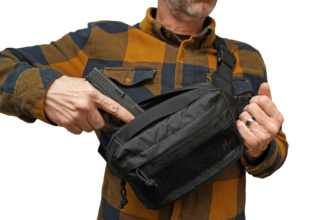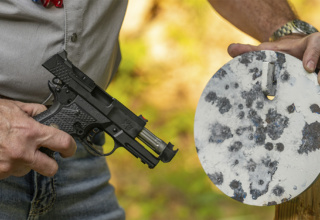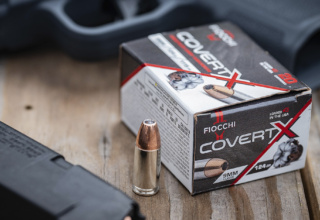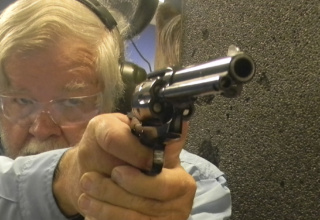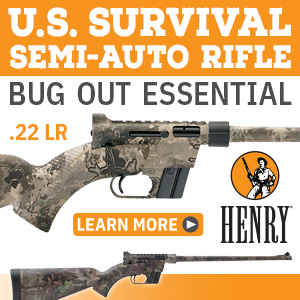One gun or two? IWB or OWB? This side or that side? Semi-auto, revolver, or both? Mix-and-match is part of game for many everyday carry practitioners. Choose wisely.
by Bob Campbell
Let’s get something straight right off the bat. The Second Amendment is about rights. And it is the right that keeps all the others protected. You are free to purchase and carry the gun of your choice. It may be a good gun that isn’t my choice, it may be a terrible choice, but it is your handgun.
I think my observations detailed in this article are relevant. Some of the selections are a judgement call. The bottom line is you need to get training and to become proficient with whatever handgun you choose to carry. That said, few of us carry the same gun in the same position every day. We should, but we don’t. This is called a carry rotation. Keeping the carry rotation relevant and intelligent is important.
Folks who live in a true four-season climate often make use of a broad carry rotation. I feel should carry a bigger gun when we can. In my situation, I seldom wear more than one outer garment — a light jacket or a concealed carry vest and that’s about it. Carrying a handgun while hiking is certainly part of the carry rotation, and this must be considered. Winter clothing disguises the handgun. That is all we do — disguise the pistol. We don’t deep cover enough to escape a frisk, just a casual eyeball once-over. When the weather is warm and humid, a pulled-out sport shirt will conceal a decent sized handgun.
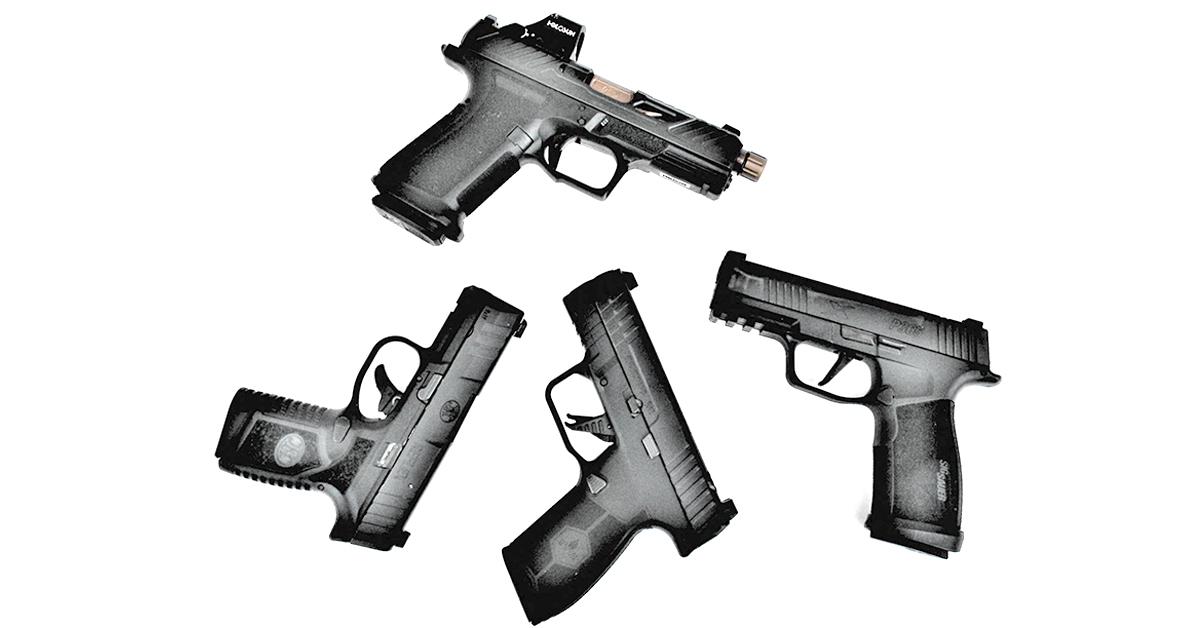
There are other considerations. Some simply carry a small gun all the time and change holsters. Just because you wear layered clothing doesn’t mean you are carrying a heavier pistol. Gear weight is at a premium when hiking, for example, and the handgun becomes a drag as the weight hits more than thirty-five ounces.
As a rule, you should consider the mode of carry a long-term commitment to training. You will spend time, money, and ammunition getting the feel of each handgun and holster combination. Now, as the devil’s advocate, I could say that carrying different handguns and different holsters — maybe even different carry locations — isn’t tactically wise. But it is reality. Few of us desire to carry a full-size Government Model 1911, Beretta 92, or GLOCK 22 continuously year-round. We are prosperous and able to afford and train with more than one or two handguns. And that is good if you can handle the practice.
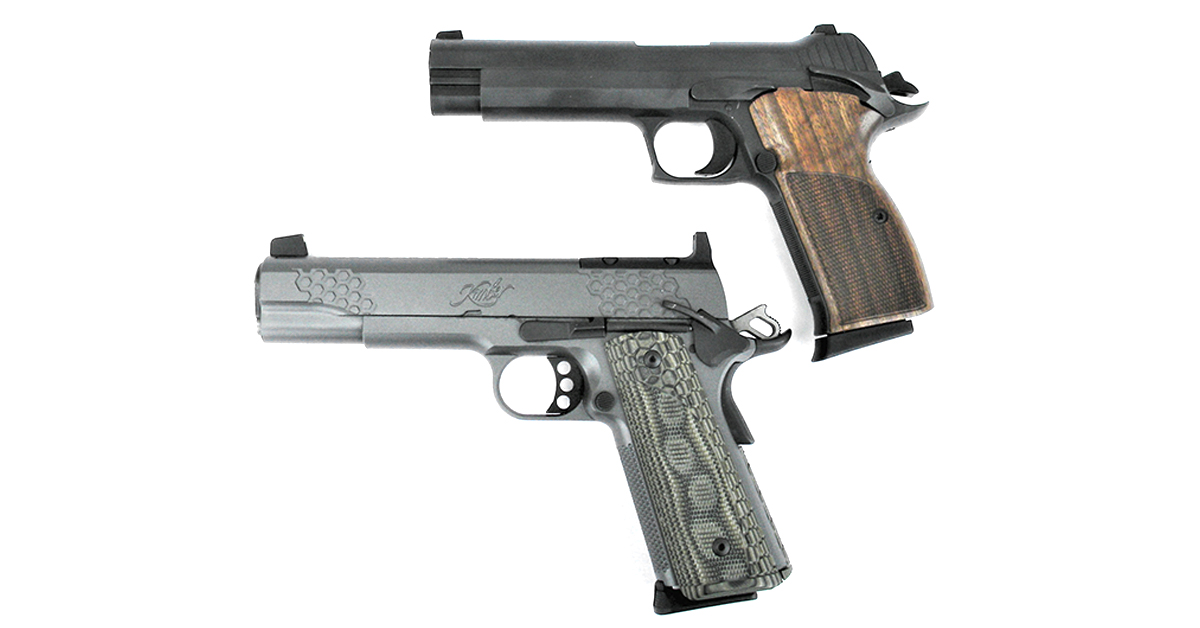
As an experimenter and trainer, I am not a good example of tactical continuity. And yet my career and the scars not inflicted by myself give me a good understanding of the stiff, cruel poetry of violence. I keep my “hand in” with different firearms as an avocation. I run across quite a few I would never trust my life to. I keep on-hand different types of popular handguns to maintain familiarity with the type and to train those who are issued the firearm. Many of you cling to a single handgun and, likely, would outshoot me on a tactical course. But it is what it is, and I have a carry rotation, so I make the best of it.
I think that I often see the whole picture and can dismiss some things that pass as common knowledge. As an example, some recommend that each handgun be the same action type. As another example, if you carry a full-size 1911, you may also carry lighter guns of the same platform, like a Commander .45, an Officers Model 1911, or perhaps a S&W CSX, cocked-and-locked all the way, you know? This decision makes sense. In this scenario, the primary gun will probably get the most attention in training. That’s fine. The smaller gun, though, may be a simpler handgun.
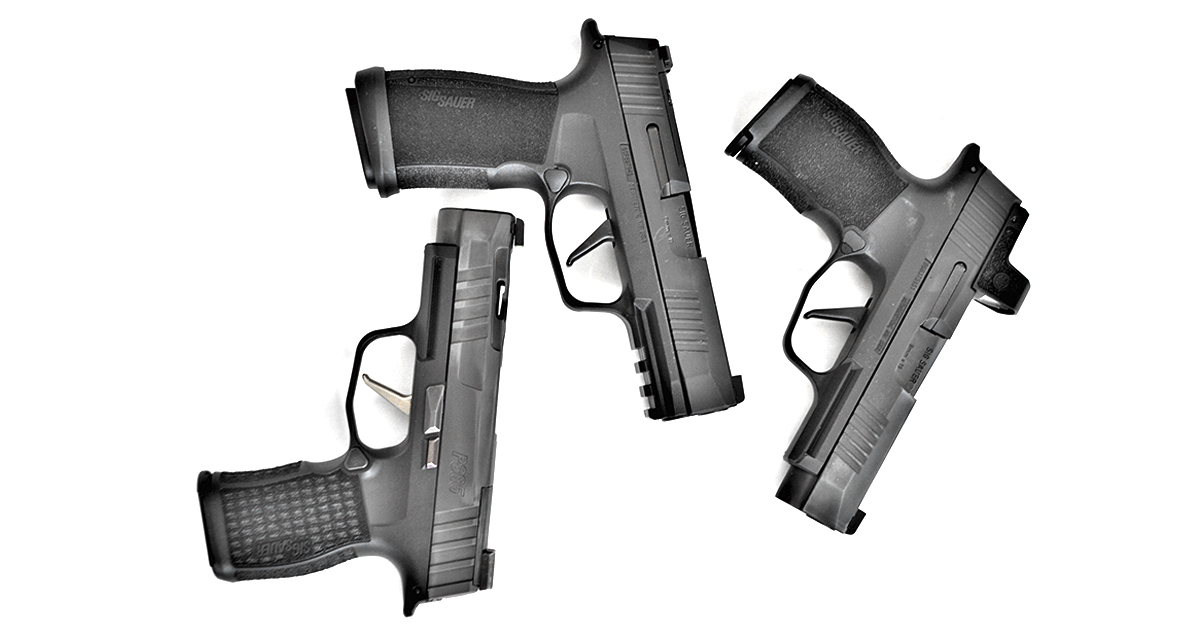
For many years, I have carried a cocked-and-locked 1911 strong side. In my pocket is a double-action-only revolver. These days, it may be a GLOCK or Shadow Systems 9mm. An on-safe pistol backed up by a point-and-shoot pistol. On the other hand, carrying a cocked-and-locked 1911 as primary and a Walther PPK on safe with a different action required to make the piece ready might be a disaster. The lady or gentleman deploying various size GLOCK pistols doesn’t have this concern.
Concealment isn’t a problem if you wear a uniform every day. For everyone else, a sport coat or windbreaker gets the job done. A high-ride holster works well under such a garment. For the police in plain clothes, it isn’t a big deal if the gun is seen during lunch with the coat off — as long as a badge is pinned on the belt.
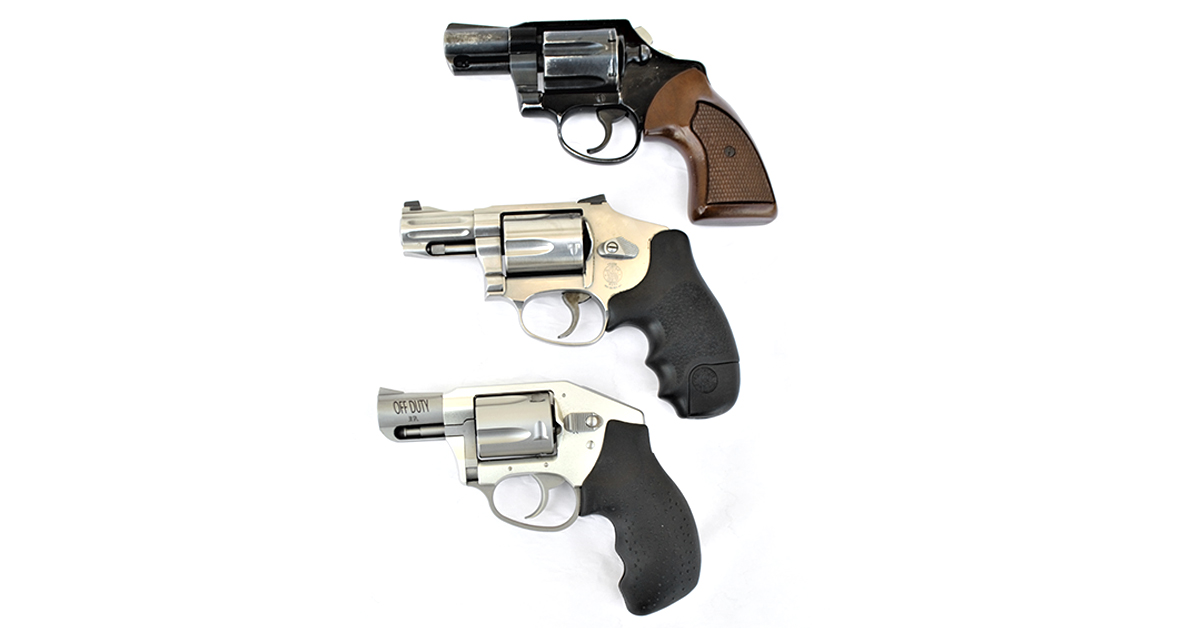
Few of us wear the same type of clothing every day, making carrying the same gear every day difficult. Jeans, chinos, crews, and even bib overalls are part of my gear. For many years, I wrapped the clothing around a full-size handgun. Today, I have more choices. Every choice is predicated on a balance of speed and access. Each works for the situation.
I appreciate my SIG P365 TACOPS. It is a great pistol and one of the most efficient compromises available. This handgun may be concealed in several quality holsters. It is versatile. On the other hand, the Shadow Systems MR 920 with a Holosun red dot is easily the best shooting polymer frame handgun I own. I made a choice to carry this handgun when possible.
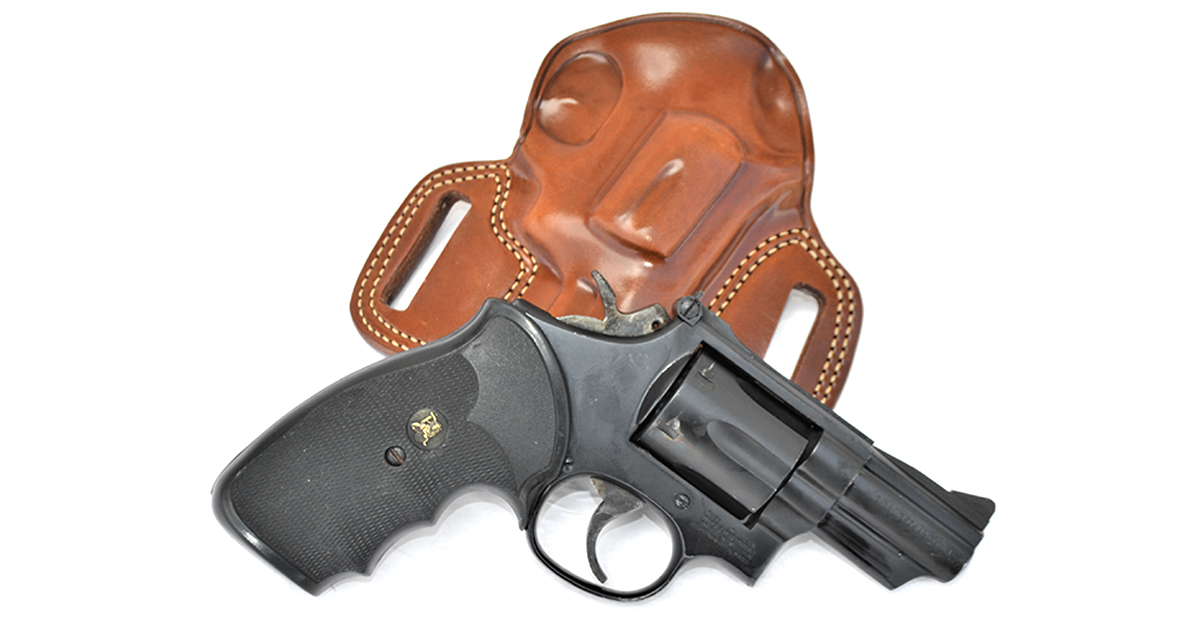
When walking and running, the ounces shaved off are important. I don’t worry about a safety working off, but I do worry about efficiently using the handgun with one hand if necessary. In that situation, a double-action-only .38 or .357 revolver is ideal. My pet is a sweet animal, but at sixty pounds, she jerks the lease and gives me a workout at times. I might even take a spill in the grass or on the trail. I need a solid, reliable, and fast-handling revolver that weighs light on the belt in these situations. Walking the pet and hiking is something of a workout after all. The holster is sometimes a thumb break when the same handgun is deployed when hiking.
The revolver isn’t something you can leave in a drawer and deploy once a year and expect good results. But there are handguns that are easier to use well and don’t demand as much practice. The bottom line is always practice. You should practice as often as possible. That means repeating the presentation from concealed carry and getting on target quickly. If you carry a .45 in a high-ride holster and a .38 in the pocket, then practice with each. Which one is more likely to be deployed? Perhaps four magazines for the primary and two cylinders for the back-up will serve for monthly practice. Yet no matter the handgun or the carry holster, you must be adept at presenting the handgun from concealed carry and getting the gun into the fight.
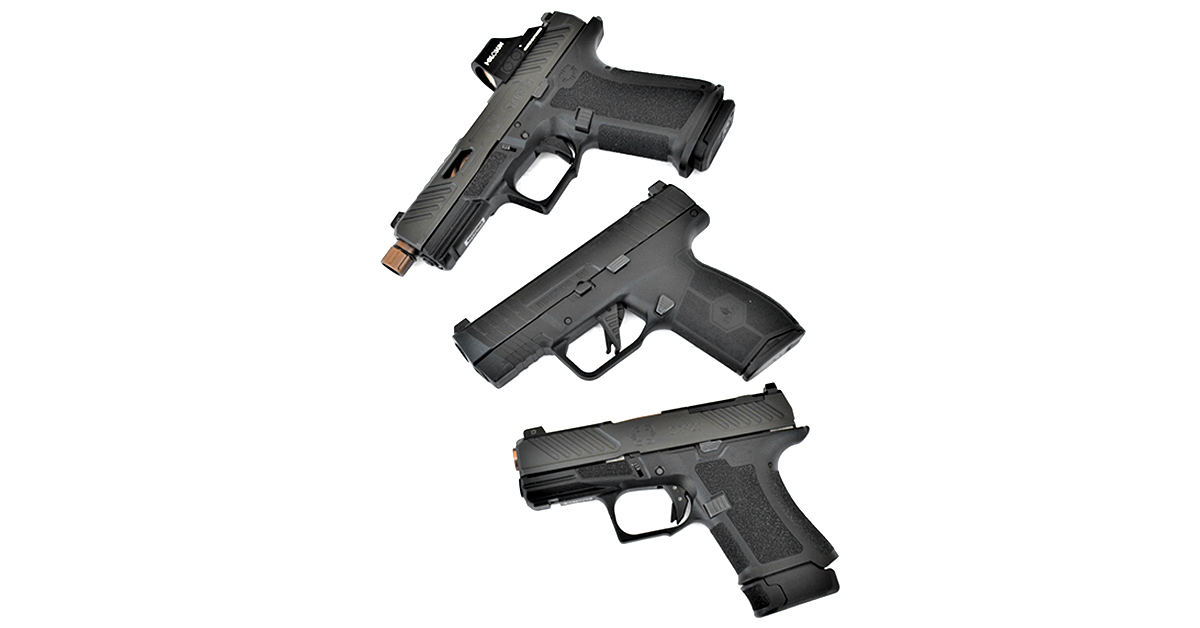
Regardless of the situation or the environment, the problem of presenting the handgun is the same. Adopting strong side or IWB carry is good, but pocket carry is a reasonable solution to many problems (remember the bib overalls)? Those garments have been concealing powerful handguns for more than one hundred years. The goal is to maintain as uncomplicated a carry system as possible.
A secure holster that allows a rapid draw is essential. I carry strong side inside the waistband carry more often followed by strong side on-the-belt (OWB) carry. I use crossdraw often when driving for long stretches or when carrying two guns. Carrying different holsters isn’t necessarily carry rotation…or is it?
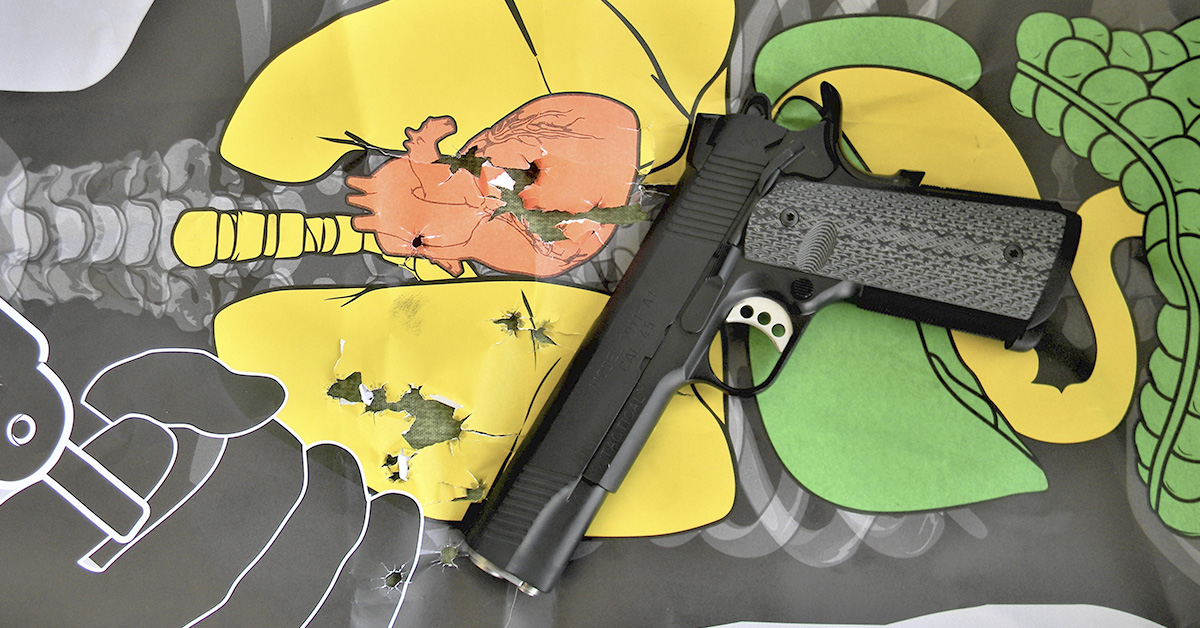
IWB, OWB, shoulder holsters, appendix carry, pocket carry, and various types of belt holsters are available. I have never carried a gun in any position and forgot I was carrying it. I have always been aware of the handgun. Just the same, muscle memory will play a part in drawing the handgun if you are involved in a defensive situation. As you make it through the four seasons, you will find a handgun you fire more accurately than others. That may be the handgun you should concentrate on, so find a holster that conceals that handgun properly in a wide range of situations. Engage in dry fire and practice presentation from the chosen holster.
My personal carry rotation is fairly simple. I have three good, quality 1911 handguns I use most often. All are Government Model handguns with a full-length slide/barrel and grip. The TRP is raspier in the grip — great for shooting and controlling the handgun but tough on clothing. The Kimber KHX is extremely fast handling and accurate but not nearly as abrasive as the TRP, so I carry it often. The grip treatment is as secure as any finely checkered handgun. Then there is a sterling Colt Government Model that is a fail-safe reliable handgun. These guns are accurate and hit hard. Occasionally, I deploy a SIG P210. It is always carried cocked-and-locked. The SIG is the most accurate handgun I own. Loaded with Buffalo Bore ammunition and carried rear rake, this is a trusted defensive gun.
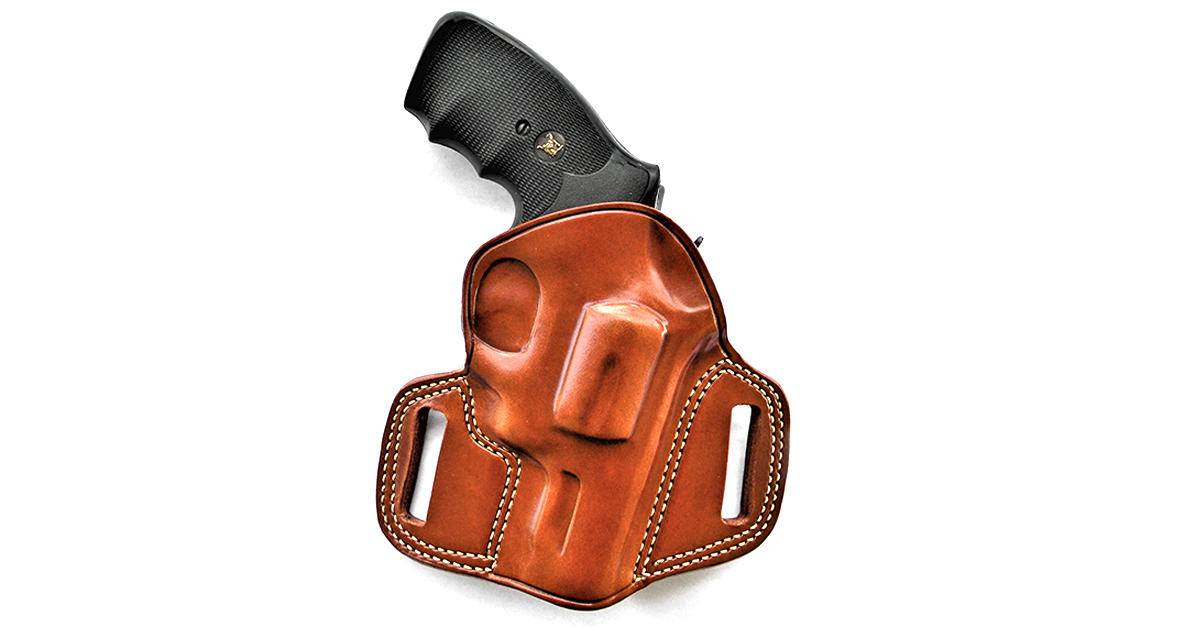
The next step is a much lighter handgun. The pistol is a Shadow Systems MR 920 and a GLOCK 19-sized 9mm. The pistol is light, compact, fast into action, and brilliantly accurate in combat shooting. The Holosun red dot is responsible for much of the pistol’s efficiency. This is the only handgun I deploy in this size and weight class, and it is fast becoming my most carried handgun. Capacity isn’t everything, but 15 rounds of 9mm +P on hand is comforting.
The SIG P365 TACOPS is a slight step down in combat ability and no compromise in capacity. This is among the finest concealed carry handguns ever designed and a great-shooting pistol. For concealed carry under light clothing, this is as light a handgun as I need. When a scribbler tells you a little gun shoots like a big gun, I wonder what big guns he is firing. A small gun — especially a modern double stack handgun in the subcompact range — does handle and shoot much better than similar handguns of a generation ago. But they do not fire as accurately and are not controlled as easily as a larger handgun of similar quality. For their size and weight, they are particularly good guns. But don’t assign them attributes they do not have.
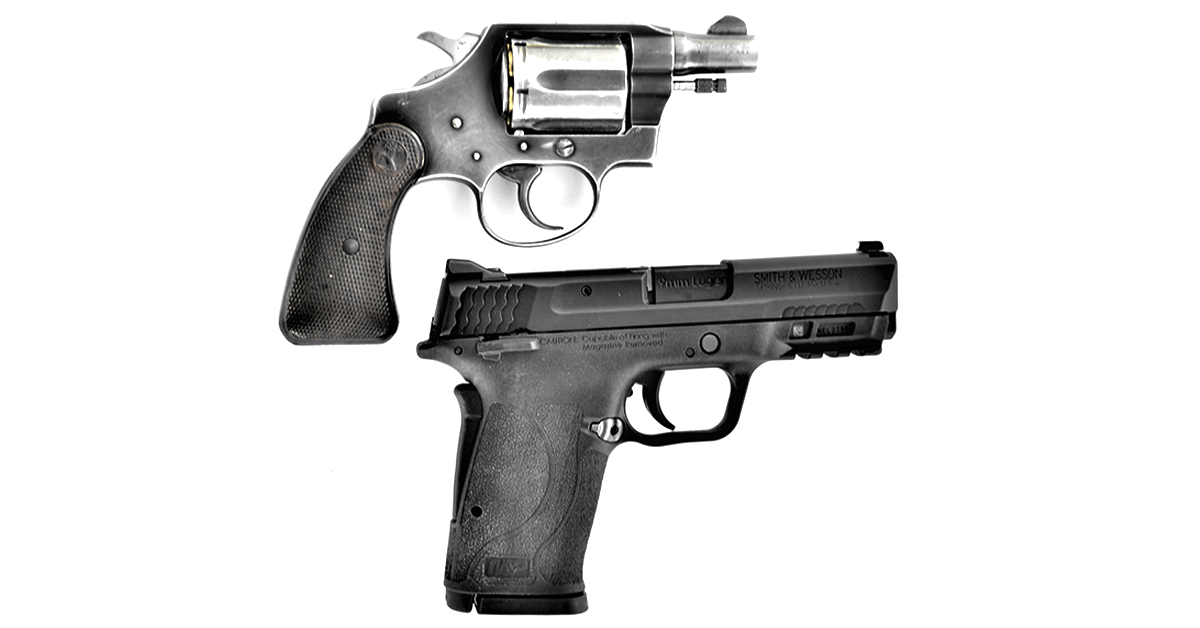
The next carry rotation is a mix of polymer-frame 9mm handguns, both striker-fired and hammer-fired, I carry in the pocket and occasionally in the ankle position. Ankle carry is a poor choice for primary carry. For backup, the equation changes and ankle carry is more than a reasonable choice. The long-serving Glock 43 is one of these. While the Glock holds but seven shots, it is light, compact, and extremely reliable. A considerable step up in accuracy potential and capacity is the Shadow Systems CR 920. This is one of those little guns that shoots like a big gun (not to contradict myself). It outshoots most little guns and some big guns. I am also working the FN Reflex, a small 9mm hammer-fired pistol, into the rotation. This handgun shoots better than it should for its size and has proven dependable in digesting diverse types of ammunition. I would rather carry these tough little 9mm handguns than about half of the pistols I see folks carry in daily use.
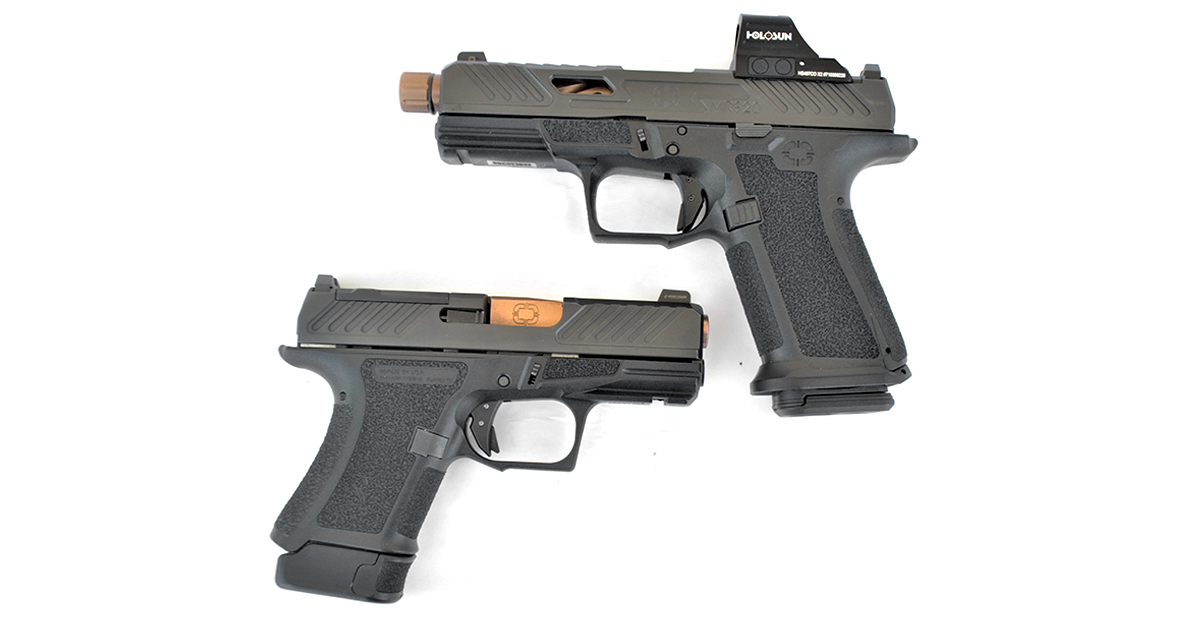
The next category is a type of handgun fading from use in the scheme of things but among the most useful. The snub nose .38/.357 revolver has several tactical advantages. These include the ability to slam the gun into the attacker’s body and fire repeatably without a danger of the handgun jamming. This type of thing may happen in personal defense. An automatic would jam after the first shot in such a situation. This is an important consideration if animal defense is a factor in choosing a handgun.
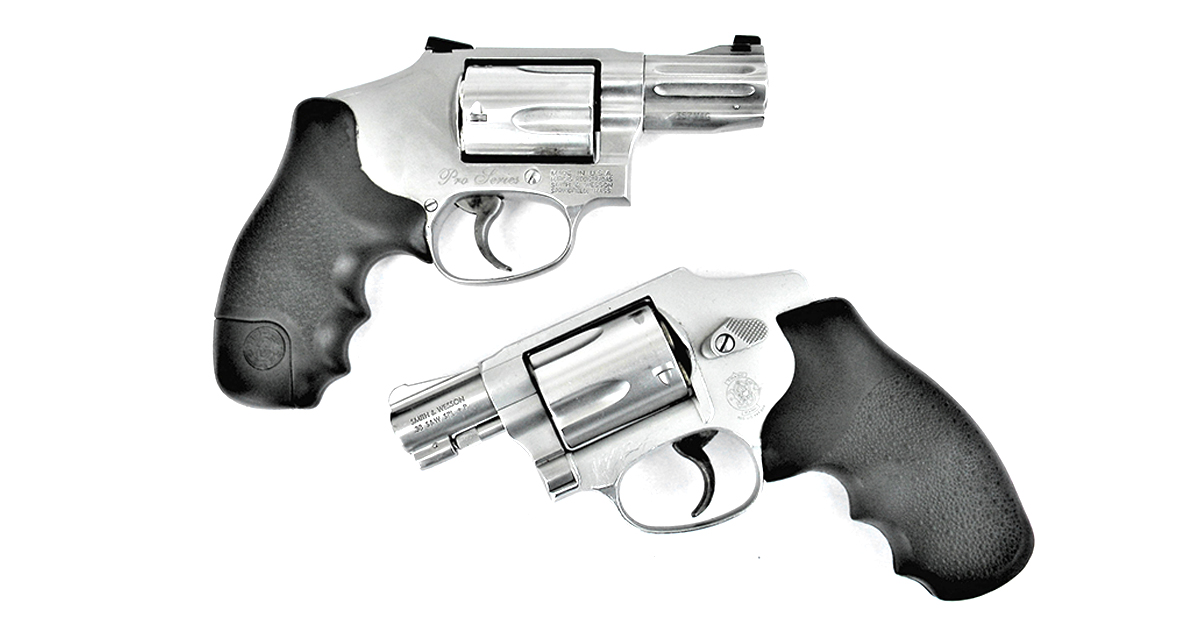
By far the finest light revolver I own is a Smith & Wesson stainless steel Pro Series 640 .357 Magnum. This chunky little beast features luminous iron sights and a double-action-only trigger. The humpback grip frame makes for greater recoil control and offers a snag-free draw. I also own a lighter S&W 442 .38 and a Charter Arms Undercover .38 Special. These are great handguns for the task and offer complete reliability in every situation. Are seven or eight handguns too many in a carry rotation? Probably. I could get by with about half that number if sufficiently motivated.
A note: when carrying two guns, one isn’t the primary and the other the backup. They are each front line, depending on my body position and ability to draw the handgun.
Carry rotation is sometimes intricately linked with caliber selection. Some may carry a full size 1911 .45, then jump down the ladder to a mid-size 9mm such as the Glock 19 and then a snub-nose .38 in the pocket in truly humid weather. These three are extremely popular choices.
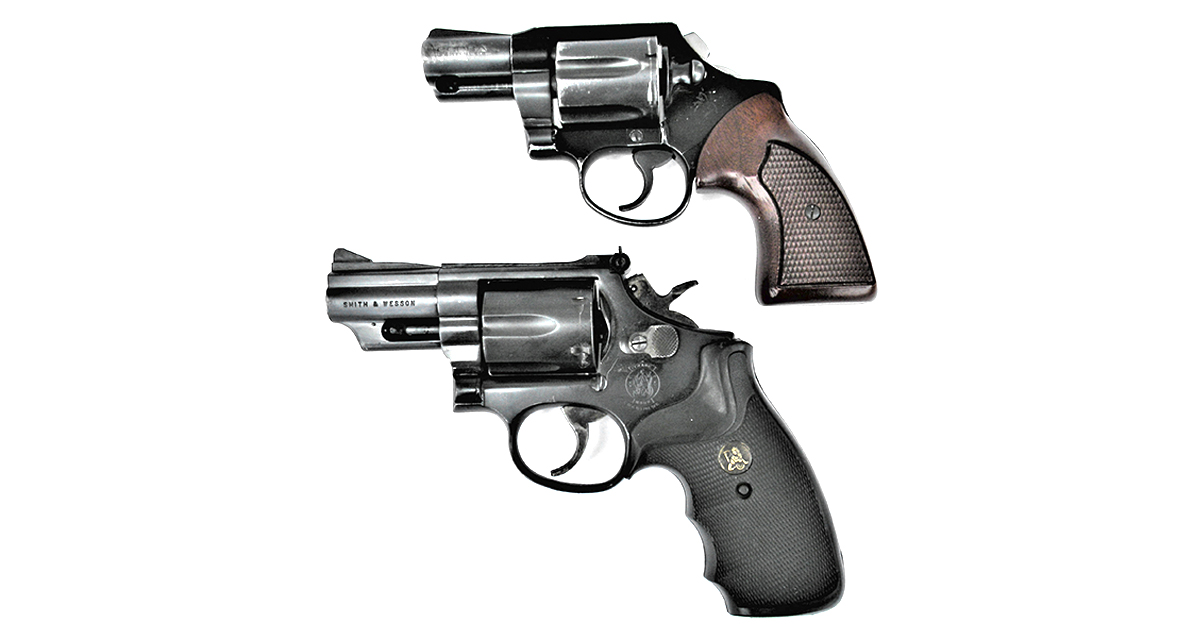
Carry rotation isn’t always linked to size and weight. As an example, a close friend always carried his 1911 .45. But when hiking and finding solitude in God’s big green earth, he may opt for a 10mm automatic or .357 revolver. He has had one encounter with an angry beast. His seventy years indicate he was successful in his defense, but it isn’t something he wants to repeat. Seems he was undergunned! So, he deploys heavier iron when the adversary is likely to have fang and claw. If you have field dressed the inoffensive meat animals, you realize that wild animals’ bone structure and sinew are more robust than our own and demand more power.
Mastering a single type of handgun may mean hard work, eye and muscle straining tedium, and considerable expense. Limiting the carry rotation makes economic and tactical sense. As for my choices, note that none are in a caliber below .38 Special or 9mm Luger. I have skepticism concerning any caliber below .38 Special based on considerable study, experimentation, and personal experience over the past fifty years. But then again, it is your choice. Choose as wisely as possible and, above all, practice with your choice.



